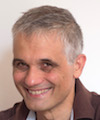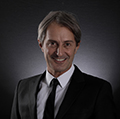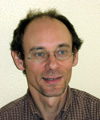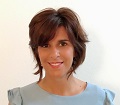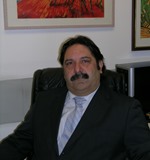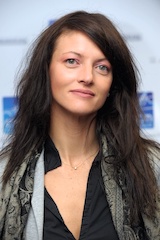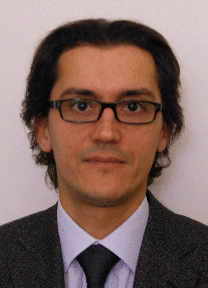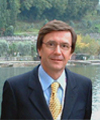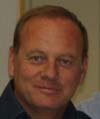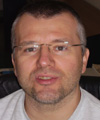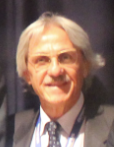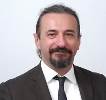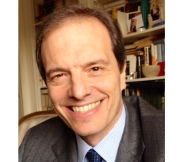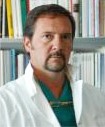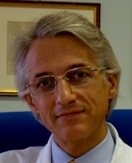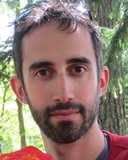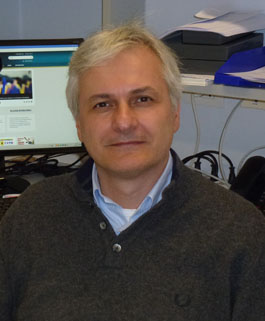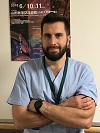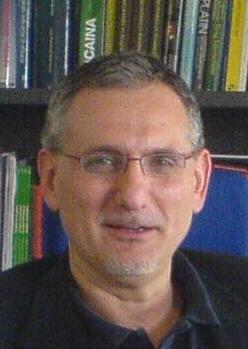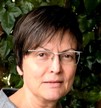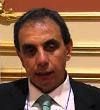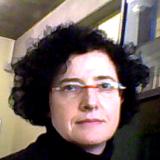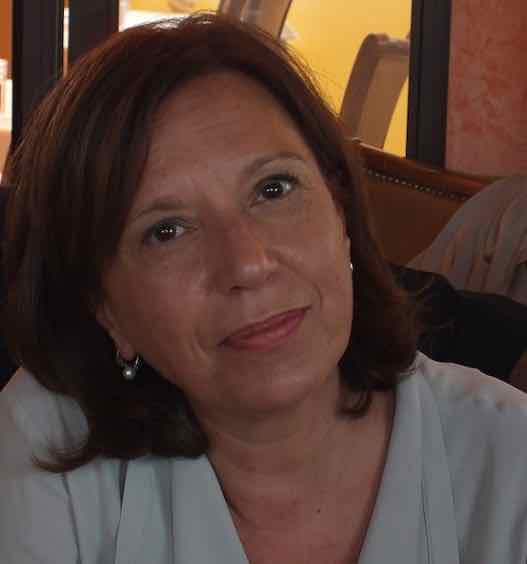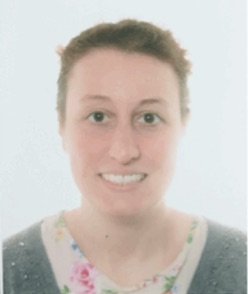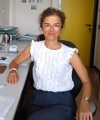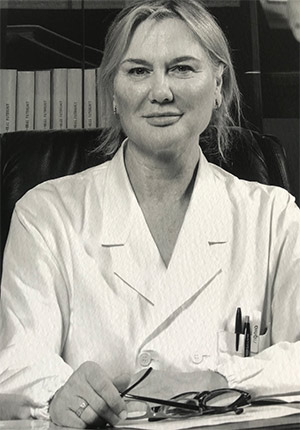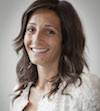Studying at the University of Verona
Academic calendar
The academic calendar shows the deadlines and scheduled events that are relevant to students, teaching and technical-administrative staff of the University. Public holidays and University closures are also indicated. The academic year normally begins on 1 October each year and ends on 30 September of the following year.
Course calendar
The Academic Calendar sets out the degree programme lecture and exam timetables, as well as the relevant university closure dates..
| Period | From | To |
|---|---|---|
| LEZIONI 1° E 2° SEMESTRE (INSEGNAMENTI ANNUALI) | Oct 4, 2021 | May 27, 2022 |
| LEZIONI 1° SEMESTRE 2°-3°-4°-5°-6°ANNO | Oct 4, 2021 | Dec 23, 2021 |
| LEZIONI 1° E 2° SEMESTRE 1° ANNO (INSEGNAMENTI ANNUALI) | Oct 18, 2021 | May 27, 2022 |
| LEZIONI 1°SEMESTRE 1° ANNO | Oct 18, 2021 | Dec 23, 2021 |
| LEZIONI 2°SEMESTRE | Feb 14, 2022 | May 27, 2022 |
| Session | From | To |
|---|---|---|
| ESAMI DI PROFITTO SESSIONE INVERNALE A.A. 2020/2021 E 1° SEMESTRE A.A. 2021/2022 | Jan 7, 2022 | Feb 11, 2022 |
| ESAMI DI PROFITTO SESSIONE ESTIVA LAUREANDI A.A. 2021/2022 | May 31, 2022 | Jul 1, 2022 |
| ESAMI DI PROFITTO SESSIONE ESTIVA A.A. 2021/2022 | May 31, 2022 | Jul 29, 2022 |
| ESAMI DI PROFITTO SESSIONE AUTUNNALE A.A. 2021/2022 | Sep 1, 2022 | Sep 30, 2022 |
| Session | From | To |
|---|---|---|
| SESSIONE INVERNALE A.A. 2020/2021 | Mar 1, 2022 | Mar 11, 2022 |
| SESSIONE ESTIVA A.A. 2021/2022 | Jul 13, 2022 | Jul 29, 2022 |
| SESSIONE AUTUNNALE A.A. 2021/2022 | Oct 10, 2022 | Oct 21, 2022 |
| Period | From | To |
|---|---|---|
| FESTIVITA' OGNISSANTI | Nov 1, 2021 | Nov 1, 2021 |
| FESTIVITA' IMMACOLATA CONCEZIONE | Dec 8, 2021 | Dec 8, 2021 |
| VACANZE DI NATALE | Dec 23, 2021 | Jan 2, 2022 |
| VACANZE DI PASQUA | Apr 15, 2022 | Apr 19, 2022 |
| FESTA DELLA LIBERAZIONE | Apr 25, 2022 | Apr 25, 2022 |
| FESTA DEL LAVORO | May 1, 2022 | May 1, 2022 |
| FESTIVITA' DEL SANTO PATRONO SAN ZENO | May 21, 2022 | May 21, 2022 |
| FESTIVITA' DELLA REPUBBLICA | Jun 2, 2022 | Jun 2, 2022 |
| Description | Period | From | To |
|---|---|---|---|
| TIROCINIO 1° SEMESTRE | TIROCINIO 1° SEMESTRE | Oct 1, 2021 | Feb 11, 2022 |
| ATTIVITA' FACOLTATIVA O DI RECUPERO TIROCINIO | ATTIVITA' FACOLTATIVA O DI RECUPERO TIROCINIO | Oct 1, 2021 | Sep 30, 2022 |
| TIROCINIO 1° E 2° SEMESTRE (INSEGNAMENTI ANNUALI) | TIROCINIO 1° E 2° SEMESTRE (INSEGNAMENTI ANNUALI) | Oct 1, 2021 | May 27, 2022 |
| TIROCINIO 2° SEMESTRE | TIROCINIO 2° SEMESTRE | Feb 14, 2022 | Jul 22, 2022 |
Exam calendar
Exam dates and rounds are managed by the relevant Medicine Teaching and Student Services Unit.
To view all the exam sessions available, please use the Exam dashboard on ESSE3.
If you forgot your login details or have problems logging in, please contact the relevant IT HelpDesk, or check the login details recovery web page.
Should you have any doubts or questions, please check the Enrollment FAQs
Academic staff
 monica.antonello@univr.it
monica.antonello@univr.it
 045 8122470
045 8122470
 mattia.marchiori@univr.it
mattia.marchiori@univr.it
 guido.martignoni@univr.it
guido.martignoni@univr.it
 alessia.pardo@univr.it
alessia.pardo@univr.it
 annarita.signoriello@univr.it
annarita.signoriello@univr.it
Study Plan
The Study Plan includes all modules, teaching and learning activities that each student will need to undertake during their time at the University.
Please select your Study Plan based on your enrollment year.
1° Year
| Modules | Credits | TAF | SSD |
|---|
2° Year activated in the A.Y. 2022/2023
| Modules | Credits | TAF | SSD |
|---|
3° Year activated in the A.Y. 2023/2024
| Modules | Credits | TAF | SSD |
|---|
4° Year It will be activated in the A.Y. 2024/2025
| Modules | Credits | TAF | SSD |
|---|
5° Year It will be activated in the A.Y. 2025/2026
| Modules | Credits | TAF | SSD |
|---|
6° Year It will be activated in the A.Y. 2026/2027
| Modules | Credits | TAF | SSD |
|---|
| Modules | Credits | TAF | SSD |
|---|
| Modules | Credits | TAF | SSD |
|---|
| Modules | Credits | TAF | SSD |
|---|
| Modules | Credits | TAF | SSD |
|---|
| Modules | Credits | TAF | SSD |
|---|
| Modules | Credits | TAF | SSD |
|---|
Legend | Type of training activity (TTA)
TAF (Type of Educational Activity) All courses and activities are classified into different types of educational activities, indicated by a letter.
Physics (2021/2022)
Teaching code
4S00004
Teacher
Coordinator
Credits
6
Language
Italian
Scientific Disciplinary Sector (SSD)
FIS/07 - APPLIED PHYSICS
Period
LEZIONI 1°SEMESTRE 1° ANNO dal Oct 18, 2021 al Dec 23, 2021.
Learning outcomes
The course aims to give students basic concepts regarding the main physical quantities of Kinematics, Dynamics, static, fluid dynamics, optics, thermodynamics and electrology in order to cope with simple physics problems of biomedical interest. The student awareness of the benefits and risks associated with the use of x-ray machines and the obligations under the Employer and the Medical Practitioner required by current law on radiation protection.
Program
Program
Physical quantities, vectors, exercises. Derivative of a function, calculation, examples and exercises. Fermat's theorem and Rolle’s theorem.
MECHANICS:
Position, displacement, various dimensional motion, rectilinear motion. Average speed and instantaneous speed. Exercises.
Acceleration, rectilinear motion uniformly accelerated. Exercises. Moto two-dimensional radial acceleration, tangential acceleration. Uniform circular motion. Exercises.
Motion of bodies. Projectile motion. Exercises. Laws of Motion (I, II, III). Momentum. Inertial mass. Weight. Exercises.
Inclined smooth. Pulley. Friction forces. Harmonic motion. Elastic force. Exercises. Work of a force. Kinetic energy. Kinetic energy theorem. Conservative forces. Potential energy.
Gravitational potential energy. Theorem of mechanical energy. Exercises
Conservation of momentum. Elastic collisions, inelastic, perfectly inelastic. Exercises. Law of universal gravitation. Power. Exercises.
Rotating motion of rigid bodies (overview) and moment of a force.
Levers of first, second and third types, levers of the human body. The jaw.
FLUID DYNAMICS:
Pressure, density, specific gravity, the law of Stevin, hydraulic press, barometer Torricelli tube manometer open, Archimedes' principle. Exercises.
Ideal fluid, stationary bike, motorcycle not turbulent flow. Continuity equation. Venturi. Exercises. Theorem of Torricelli (tank). Applications. Exercises.
Stokes force. Friction in fluids.
Viscous fluids. Viscosity, resistance of a conduit. Poiseuille formula.
THERMODYNAMICS:
Thermal expansion of solids and liquids (linear, surface, volume). Exercises. Contact thermal, thermal equilibrium, zero law of thermodynamics, gas thermometers, absolute temperature. Perfect gas. Ideal gas law. Exercises. Heat, internal energy, mechanical equivalent of heat, heat capacity, specific heat, latent heat. Exercises.
Convection, conduction, radiation.
The law of thermodynamics. Work and heat in thermodynamic processes. The application of the principle. Cyclic transformations, free expansion, adiabatic transformations, isobaric, isochoric, isothermal.
The principle of thermodynamics (of Kelvin-Planck, Clausius, Kelvin). Heat engine, thermal efficiency. Exercises
Refrigerator, coefficient of performance. Exercises.
ELECTROLOGY – ELECTROMAGNETISM:
Electric charges. Law of conservation of charge. Insulators, conductors, electroscope. Coulomb force, electric field. Exercises. Potential energy, the electrostatic potential.
Lines and equipotential surfaces. Electrical capacity. Electricity generator. Electricity. Ohm's law, resistance and resistivity. Exercises. Electrical power, Joule effect. AC. DC circuits. Resistors in series and parallel. Exercises.
Magnetic poles, magnetic field strength. Force of electrical wire. Charge in a magnetic field, Lorentz force, Larmor radius. Magnetic field generated by an electrical wire. Field in a solenoid.
Forces acting between wires carrying current. Exercises. Electromagnetic waves (generation, spectrum, wavelengths).
OPTICS:
Principles of geometrical optics.
Reflection, laws of reflection, flat mirror. Concave spherical mirror, the law of conjugate points, fire objects, fire images, construction of images. Real images, virtual images. Linear magnification. Concave spherical mirrors. Exercises. Refraction, laws of refraction, refractive index absolute and relative. Diopter spherical diopter plan, examples.
Thin converging lenses, thin lenses divergent. Law of manufacturers of lenses. Construction of the images. Human eye: myopia and hyperopia.
X-RAY
X-ray production processes, X-ray tube. Absorption of X-rays, photoelectric effect, Compton and production of pairs. Formation of analog and digital radiographic image. Overview of dosimetry: absorbed dose, equivalent dose, effective dose, emission from source.
Bibliography
Examination Methods
Written exam with to 10-15 exercises (open questions). About 2 hours.
No books or notes. Bring calculator and pen.
In case of sanitary emergency the exam coul be oral using a web platform.
Free choice courses
Modules not yet included
Career prospects
Module/Programme news
News for students
There you will find information, resources and services useful during your time at the University (Student’s exam record, your study plan on ESSE3, Distance Learning courses, university email account, office forms, administrative procedures, etc.). You can log into MyUnivr with your GIA login details: only in this way will you be able to receive notification of all the notices from your teachers and your secretariat via email and soon also via the Univr app.
Gestione carriere
Graduation
Documents
| Title | Info File |
|---|---|
|
|
pdf, it, 288 KB, 11/08/22 |
|
|
pdf, it, 305 KB, 24/03/22 |
|
|
pdf, it, 138 KB, 21/06/23 |
|
|
pdf, it, 379 KB, 24/03/22 |
Student login and resources
Sbarramenti
Documents
| Title | Info File |
|---|---|
|
|
pdf, it, 431 KB, 21/06/23 |
|
|
pdf, it, 292 KB, 21/06/23 |
Riconoscimento carriera pregressa
Documents
| Title | Info File |
|---|---|
|
|
pdf, it, 1215 KB, 21/06/23 |
Obblighi formativi aggiuntivi
Documents
| Title | Info File |
|---|---|
|
|
pdf, it, 275 KB, 21/06/23 |



